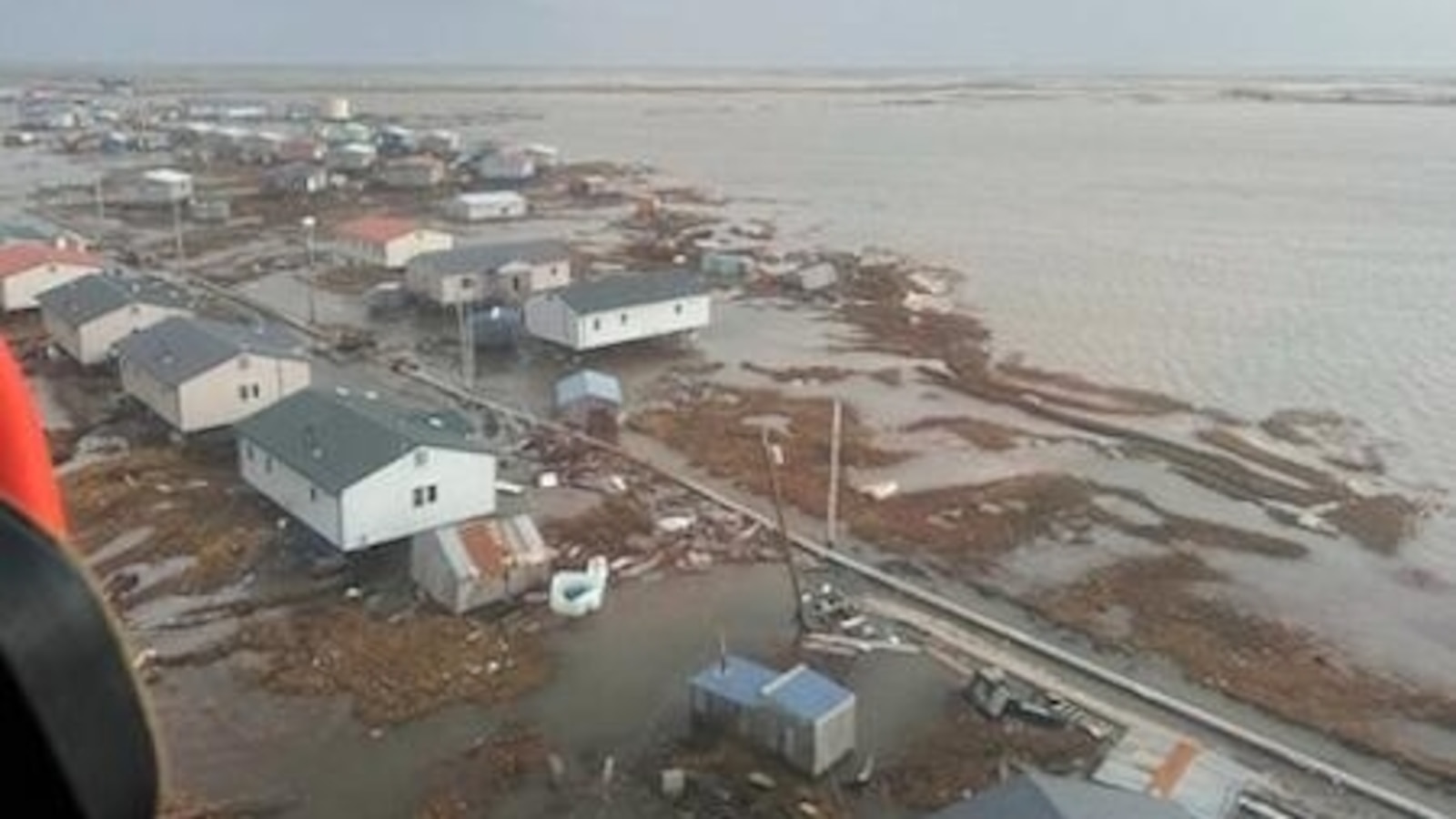Storm decimates 2 Alaskan villages and drives more than 1,500 people from their homes
Storm decimates 2 Alaskan villages and drives more than 1,500 people from their homes

Officials in Alaska are rushing to find housing for people from tiny coastal villages devastated by the remnants of Typhoon Halong
Read the full article on ABC US
Truth Analysis
Analysis Summary:
The article's claim about the storm decimating two Alaskan villages and displacing 1,500 people is partially verifiable but lacks specific details. The article uses language that evokes a sense of urgency and severity, which introduces a moderate level of bias. The lack of specific details about the villages and the storm's impact makes a complete factual assessment difficult.
Detailed Analysis:
- Claim: Storm decimates 2 Alaskan villages
- Assessment: Unverified. While the article claims devastation, there are no specific details provided in the snippet or verifiable sources to confirm the extent of the damage or which villages were affected. The term 'decimates' implies a significant level of destruction, which needs substantiation.
- Claim: Drives more than 1,500 people from their homes
- Assessment: Unverified. The article states that 1,500 people were displaced, but there is no source to confirm this number. Without additional information, this claim cannot be verified.
- Claim: Officials in Alaska are rushing to find housing for people from tiny coastal villages devastated by the remnants of Typhoon Halong
- Assessment: Partially verifiable. The claim that officials are rushing to find housing suggests an emergency situation. The article mentions 'remnants of Typhoon Halong' as the cause, but the impact and specific location of the affected villages are not detailed. The use of the word 'tiny' could be seen as slightly biased.
Supporting Evidence/Contradictions:
- The article lacks specific details about the villages affected and the extent of the damage, making it difficult to verify the claims.
- The use of words like 'decimates' and 'rushing' introduces a sense of urgency and severity, which can be interpreted as a form of bias.

